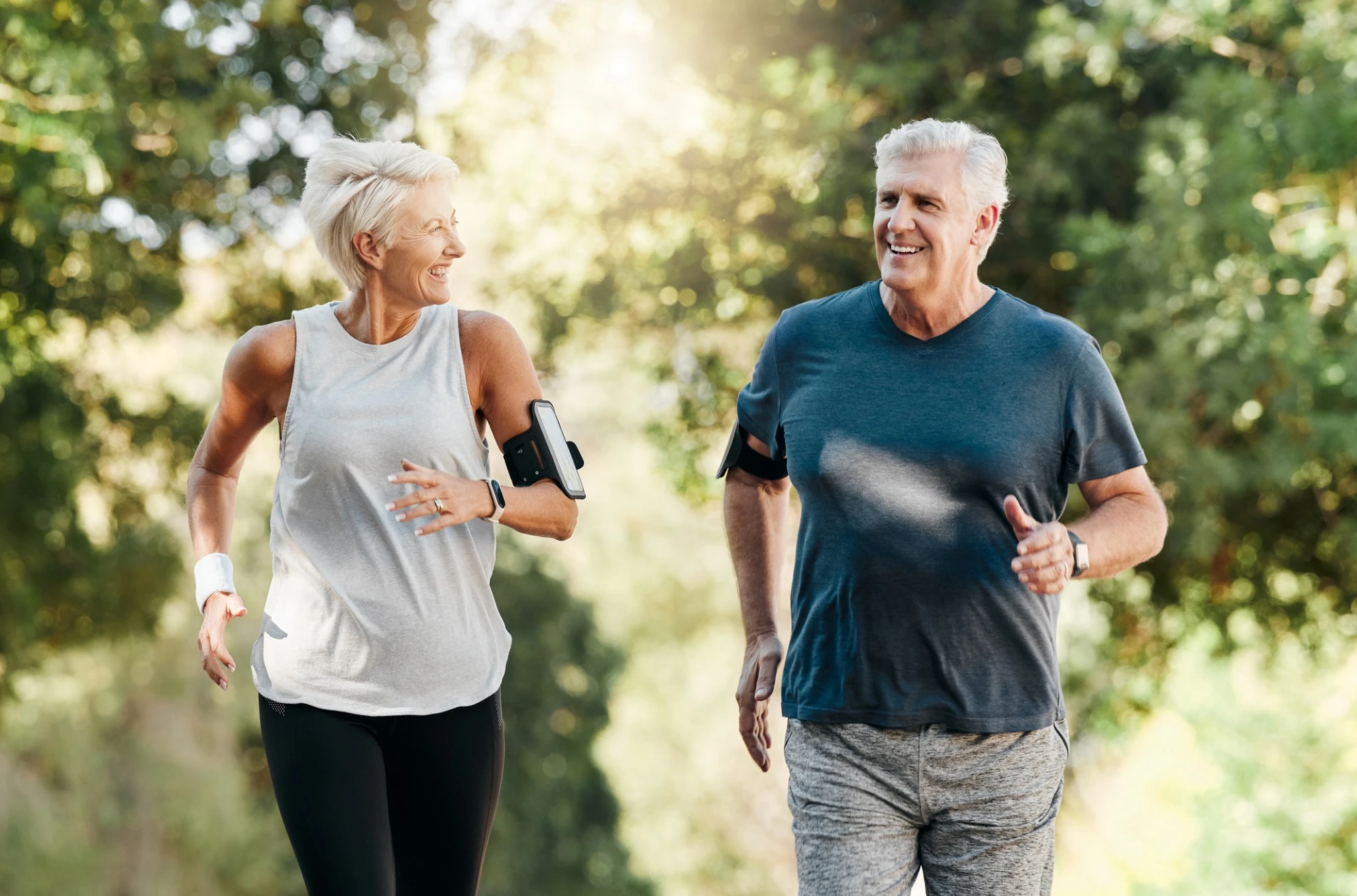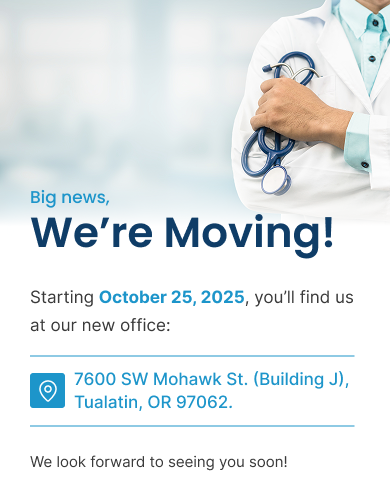Is Walking Good Exercise? Relieve Back & Joint Pain

Back pain is one of the most common reasons people skip workouts, especially activities like running or jogging. But here’s something many don’t realize—walking may be one of the most effective low-impact exercises for easing discomfort in the lower back and joints.
If you’re dealing with back pain from running, or wondering why does my lower back hurt when I run, this article will walk you through the causes, how to manage the pain, and why walking might be just the remedy you need.
Why Does My Lower Back Hurt When I Run?
Many runners—both new and experienced—ask the same question: Why does my back hurt when I run? There are several possible reasons:
Weak core muscles that fail to stabilize the spine
Tight hamstrings or hip flexors, pulling on the lower back
Poor posture or overstriding
Running on hard surfaces or in worn-out shoes
The result? Lower back pain during running, or a sore back after running, which can discourage you from staying active.
Running and Lower Back Pain: What’s the Connection?
Running is a high-impact activity. Each step generates shock that travels from your feet through your knees, hips, and into your lower back. When your spine isn’t properly supported or aligned, you may experience:
Lower back hurts when running
Back hurts after running
Lower back ache when running
Sore lower back running
Back ache from running
For those with bulging discs or existing lower back problems, running may worsen symptoms. This is especially true if you’re unknowingly pushing through discomfort without correcting form or strength imbalances.
Herniated Disc vs. Muscle Strain: How to Tell the Difference
One key step in managing lower back pain while running is understanding the source of your discomfort. Is it a herniated disc or muscle strain?
Muscle Strain:
Typically feels like a dull ache
Localized soreness that improves with rest and stretching
Often results from overuse or poor warm-up
Herniated Disc:
Sharp, shooting pain possibly radiating down the leg
Numbness or tingling
May worsen with sitting or bending
If you’re unsure whether it’s a bulging disc vs muscle strain, consult a physical therapist or specialist for proper assessment.
Is Walking Better Than Running for Back Pain?
So, does running help lower back pain, or should you take a step back? The answer varies, but in most cases, walking is a safer, more effective option—especially during a flare-up.
Walking:
Is low-impact and joint-friendly
Encourages healthy spinal alignment
Promotes circulation to aid healing
Can strengthen muscles without overloading them
Many ask, Will back pain go away by walking? In some cases, yes. Regular walking (20–30 minutes a day) helps loosen tight muscles and supports long-term back health.
How Long Should I Walk to Help Back Pain?
You don’t need to walk for hours. Start small:
10 minutes, 2–3 times a day
Gradually increase to 30-minute sessions
Use good walking shoes and maintain upright posture
Consistency is key. Even light movement can prevent stiffness and reduce pain over time.
Can You Run With Back Pain?
Running with back problems is possible—but only under the right conditions. If your lower back pain while jogging is mild and you’ve been cleared by a healthcare provider, here are some tips:
Warm up with gentle knee lifts and walking first
Shorten your stride
Strengthen your core and glutes off the track
Replace one running day per week with a walk
Avoid running if pain worsens during or after activity. You don’t want to turn a lower back ache while running into a long-term injury.
Stretching and Strengthening to Prevent Pain
Before and after walking or running, use these exercises to support your spine and reduce back pain for runners:
Dynamic Warm-Up:
Arm swings
Hip circles
Gentle forward folds
Post-Run Stretches:
Knee-to-chest stretch
Cat-cow spinal movements
Supine twist for lumbar release
Want to know how to fix lower back pain from running? Combine walking with consistent mobility and strength training focused on the core and hips.
Products to Help Back Pain
While lifestyle and movement are the foundation of recovery, many wonder: What products exist that address back pain?
Some commonly recommended lumbar pain relief products include:
Lumbar support cushions (for office chairs or cars)
Heat/ice packs for inflammation
Foam rollers and massage balls
Supportive walking shoes with proper cushioning
Always choose quality over gimmicks, and use these tools to support—not replace—movement.
Don’t Forget the Upper Back
Although most runners complain about the lower back, upper back pain after sleeping is another frequent concern. If your upper back hurts when you wake up, it may affect your running posture.
To ease upper back tension:
Use a pillow that supports the natural curve of your spine
Stretch your thoracic spine daily
Try wall angels or foam rolling between the shoulder blades
Posture during sleep, standing, and running all affect your spinal health. Don’t overlook this area.
Final Thoughts
If back pain from running is getting in the way of your fitness goals, you don’t have to give up movement altogether. Instead of pushing through, make walking your go-to tool for recovery. It’s accessible, low impact, and surprisingly powerful in supporting back and joint health.
So, is walking good exercise? Absolutely. Especially when you pair it with proper stretches, strength training, and good posture. Your back—and the rest of your body—will thank you.


